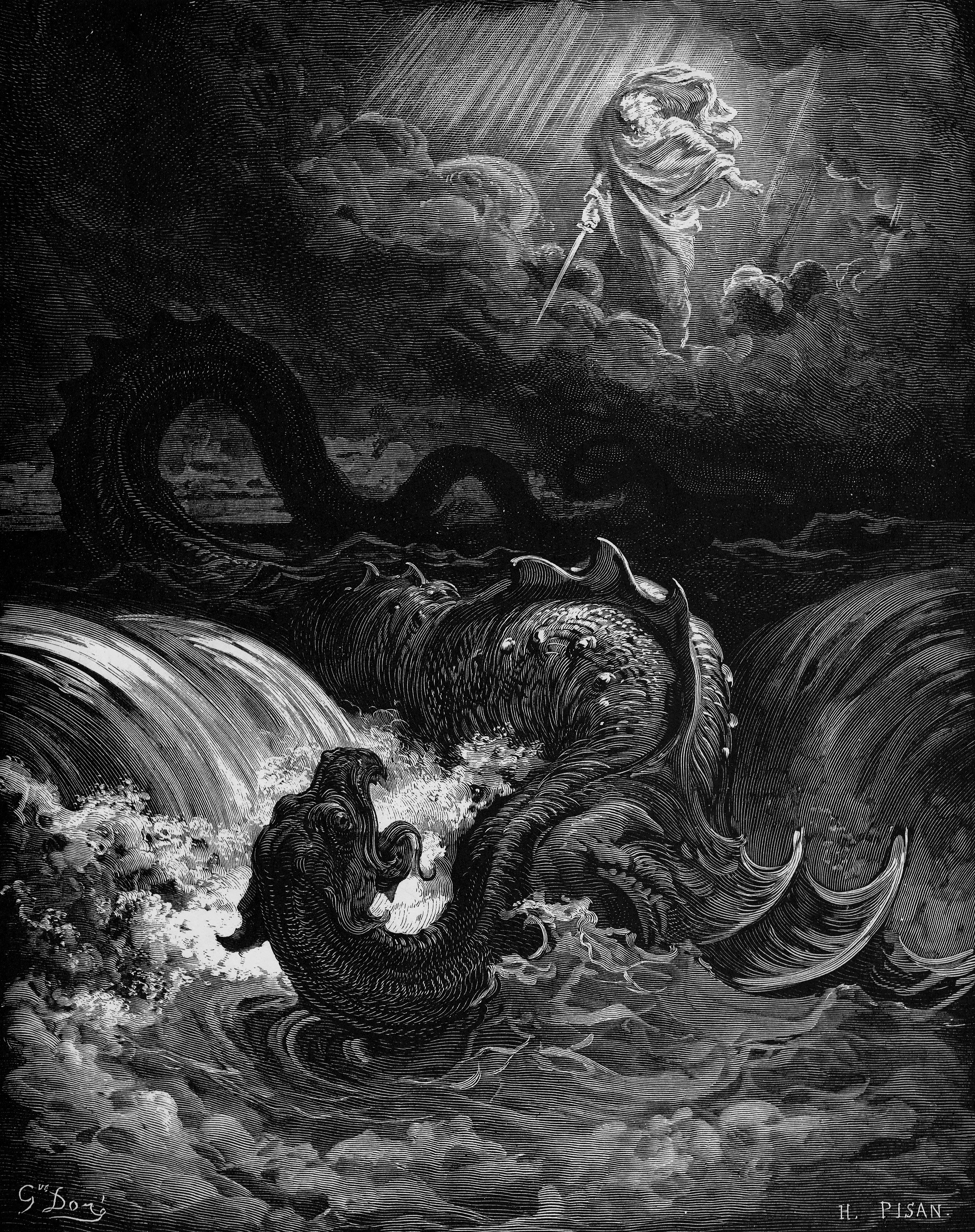
* * * *
February 6, 2015 – I recently learned that one of my all-time favorite travel books – Travels With Charley – was based on an earlier work by Robert Louis Stevenson. It seems John Steinbeck – who wrote “TWC” – was doubly impressed by Stevenson’s earlier pilgrimage:
In the John Steinbeck novel The Pastures of Heaven, one of the characters regards Stevenson’s Travels with a Donkey in the Cevennes as one of the single greatest works of English literature and eventually names his infant son Robert Louis. Later on, Steinbeck and his wife Elain[e] were inspired by Stevenson in choosing the title Travels With Charley.
See Travels with a Donkey in the Cévennes (1879) – Wikipedia, and also Travels with a Donkey in the Cévennes – Reading, Writing, Working, Playing. All that piqued my interest, so I got a copy of Cevennes from the local library and started reading. (The 1923 edition of the book originally published in 1905 by Scribner’s.)
The first part of Travels with a Donkey – preparing for the trip – sounded a lot like the first part of Travels with Charley. (Or vice-versa. Steinbeck “packed up” Rocinante, shown below.)
Incidentally, Travels with a Donkey was preceded by a year-earlier An Inland Voyage. That earlier book described “a canoe trip through France and Belgium in 1876,” with Stevenson accompanied by Sir Walter Simpson. (See also On coming home from a pilgrimage, on my own voyage, “eight days to canoe out to some offshore islands in the Gulf of Mexico – 10 or 12 miles offshore – including Half-moon Island, Cat Island and Ship Island(s).”)
Here’s what Stevenson wrote about travel, after the preface by his wife for the 1923 edition:
[W]e are all travelers in what John Bunyan called the wilderness of the world … and the best that we find in our travels is an honest friend. He is a fortunate voyager who finds many. We travel, indeed, to find them…
Getting back to the book, the first of five chapters is Velay, referring to a township in south-central France near the Loire river. (All five chapters are divided further, and the fifth is divided into eight sub-chapters.) That first chapter discussed Stevenson’s pack donkey (“Modestine”), along with a description of his own pack and the donkey’s pack-saddle. It also discussed him as “green donkey-driver,” while the third sub-chapter was titled, “I have a goad.”
It seems Stevenson’s chosen method of travel – with a donkey carrying most of his baggage – posed problems. The worst was Modestine’s slow pace. That pace increased not a whit, even with the frequent application of a switch, cudgel or “bastinado:”
I promise you the stick was not idle; I think every decent step that Modestine took must have cost me at least two emphatic blows. There was not another sound in the neighborhood but that of my unwearying bastinado.
(24)* But eventually he found a solution, after spending the night at a primitive inn. The innkeeper himself was “astonishingly ignorant,” and his wife said so; “My man knows nothing … he like the beasts.” At which the husband nodded: “There was no contempt on her part, and no shame on his.” Anyway, the solution to Stevenson’s problem with Modestine came next morning at breakfast. He asked the wife where “monsieur” was. “‘The master of the house is upstairs,’ she answered, ‘making you a goad.”
That led Stevenson to “wax eloquently” on such goads:
Blessed be the man who invented goads! Blessed the innkeeper of Bouchet-Saint-Nicolas, who introduced me to their use! This plain wand, with an eighth of an inch of pin, was indeed a sceptre when he put it in my hands. Thenceforward Modestine was my slave… A prick, and she broke forth into a gallant little trotlet that devoured the miles. It was not a remarkable speed… But what a heavenly change… No more wielding of the ugly cudgel; no more flailing with an aching arm…
(30-34) All of which reminded me of Acts 26:14, about the Apostle Paul’s literal and original Damascus road experience. “When we had all fallen to the earth, I heard a voice saying to me in the Hebrew language, ‘Saul, Saul, why are you persecuting me? It is hard for you to kick against the goads.’” (Paul was first named Saul.) Bible Hub gave alternate translations, as in “it is hard for you to kick against the pricks.”
“It is hard for you to kick against the pricks” was a Greek proverb, but it was also familiar to the Jews and anyone who made a living in agriculture. An ox goad was a stick with a pointed piece of iron on its tip used to prod the oxen when plowing. The farmer would prick the animal to steer it in the right direction. Sometimes the animal would rebel by kicking out at the prick, and this would result in the prick being driven even further into its flesh. In essence, the more an ox rebelled, the more it suffered.
See What does it mean to kick against the pricks? – GotQuestions.org (E.A.).
Moving on to “Upper Gevaudan – A Camp in the Dark,” Stevenson was trying to get to Cheylard. Unfortunately there was no direct route, but he left Sagnerousse, “rejoicing in a sure point of departure.” From there he got lost, just as Steinbeck was prone to do. See TWC, 54:
“Don’t ever ask directions of a Maine native,” I was told. “Why ever not?” “Somehow we think it is funny…” I wonder if that is true. I could never test it, because through my own efforts I am lost most of the time without any help from anyone.
Stevenson ended up tacking through a bog when he saw a group of local villagers (location unknown), including children. But when he moved toward them to ask directions, “children and cattle began to disperse, until only a pair of [12-year-old] girls remained behind.” The local peasants were “but little disposed to counsel a wayfarer,” and one “old devil simply retired into his house, and barricaded the door.” That left him only one source of guidance:
As for these two girls, they were a pair of impudent sly sluts, with not a thought but mischief. One put out her tongue at me, the other bade me follow the cows; and they both giggled and jogged each other’s elbows.
(41-44) That sounded like a possible anachronism. (Did he mean they were “promiscuous?”) So I did some Googling and sure enough, the term had a different meaning in the years from 1375 to 1425 (and up to 1878-79). From the “late Middle English slutte; compare dial. slut mud, Norwegian (dial.) slutr,” which translated to “sleet” or “impure liquid:”
Slut first appeared in the written language in 1402, according to the Oxford English Dictionary… At that time, slut meant roughly what one sense of slattern means today: a slovenly, untidy woman or girl. It also apparently meant “kitchen maid” (”She is a cheerful slut who keeps the pots scrubbed and the fires hot.”).
Slut at Dictionary.com. So Stevenson’s use of the word slut was grammatically correct, though it may raise some eyebrows today.
Thus endeth the word-lesson of the day…
Which is being interpreted: Thus far I’ve read to page 50 of the 197 pages. Unfortunately that seems still to be a part of the “uncouth beginning” that Stevenson noted above.
The next review will begin with Stevenson referring to the infamous Beast of Gévaudan.
* * * *

* * * *
The upper image is courtesy of Robert Louis Stevenson Trail – Walking in France.
The lower image is courtesy of John Steinbeck – Wikipedia, with the caption: “Rocinante, [the] camper truck in which Steinbeck traveled across the United States in 1960.”
* The page-citations – as in “(24)” – are to the 1923 “Biographical Edition” of Travels with a Donkey in the Cevennes (with a preface by Mrs. Stevenson), Charles Scribner’s Sons (NY). The “being lost” reference came from Travels with Charley, Penguin Books (1980), at page 54. I discussed Steinbeck’s take on a dead Sinclair Lewis being “good for tourism” in Oscar Wilde and Psalm 130.
Re: “Elaine” as the name of John Steinbeck’s third wife. “In June 1949, Steinbeck met stage-manager Elaine Scott at a restaurant in Carmel, California. Steinbeck and Scott eventually began a relationship… This third (and final) marriage for Steinbeck lasted until his death in 1968.” John Steinbeck – Wikipedia.
For further information see also Outdoor literature – Wikipedia.
Re: “wilderness of the world.” For some interesting reading, type that phrase into your search engine. That should lead to sites as varied as Historical Baptist Quotes on the Separation of Church and State, and The Wilderness of the World: Thirty-seven Wilderness Areas.
Re: 12-year-old girls. See On St. Agnes and 12-year-old girls. The age of the girls is approximate.
Full citations of references “shortened for content and spacing:”
Column (periodical) – Wikipedia:
A column is a recurring piece or article in a newspaper, magazine or other publication. Columns are written by columnists. What differentiates a column from other forms of journalism is that is a regular feature in a publication and that it explicitly contains the author’s opinion or point of view.
Personally I prefer the term “column” instead of “post,” as in “blog-post.” It just sounds better…
Rocinante (disambiguation) – Wikipedia.
What is the Damascus road experience – Answers.com.
Le Cheylard – Wikipedia. (See also Cheylard-l’Évêque – Wikipedia, as to the location of Sagnerousse.)
“Velay” is actually and fully Le Puy-en-Velay – Wikipedia.
Le Bouchet-Saint-Nicolas – Wikipedia.
* * * *















